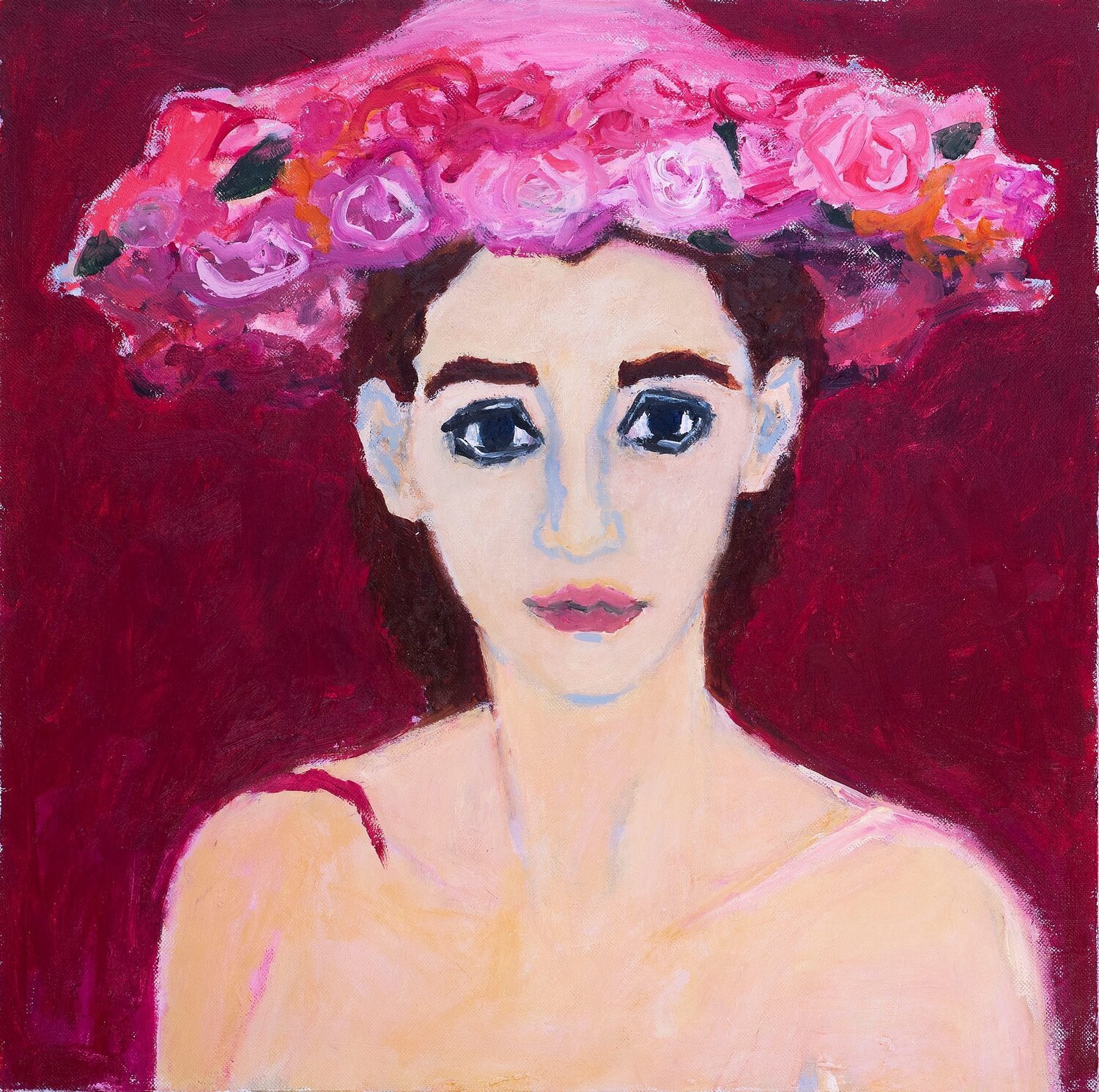Betsy Podlach
Betsy Podlach was born in New York in 1964. She studied painting with William Reiman and Alfred Decredico, as well as writing with Carlos Fuentes and William Alfred as a Watson Scholar, while obtaining her BA at Harvard University. She attended the New York Studio School and the International School of Art in Umbria Italy. Her MFA is in sculpture. Podlach’s work is in public and private collections all over the world, including: the Italian design house Marni, Inc, who also used her images in runway designs for Spring 2019, Pfizer Inc, and NYU, as well as princess Donatella Borghese of Rome, who used her work for book covers of poetry and psychology.
FEATURED ARTIST
In 2015, Douglas Clemente wrote in the NYT feature of Podlach’s recent solo show: “In working below the level of conscious thought, she creates canvases rich in interaction but ultimately opaque narratives. The paintings’ almost hypnotic appeal derives in part from a balance of what she calls ‘oppositions,’ mystery and openness.”
Podlach paints landscapes, still life, and figures. Her primary focus is on figurative images, nudes, couples and portraits of women, sometimes men, with and without an imagined animal or several animals. These are created through a process of trying to create a person who didn’t exist before, who comes into existence for the first time as the painting develops in a dialogue with existing subjects. These women and men, animals and imaginary settings, are all depicted as a moment in time—vulnerable, sexual, strong, and engaged in the fullness of life, love, pain and joy. Podlach now resides on the east end of Long Island.
Podlach says this of her work: “The limits of painting provide me with ways to create tension and find my own imagery. The two dimensional format offers the chance to create a personal concept and poetry of space; the paint, the developing image and a light coming from within ideally create an image most often of a woman with a physicality, sexuality, and an inner world of profound thought, emotion, and intelligence. I want the painting itself to be recognized for the object it is, and that way, the moment depicted in the painting becomes permanent and the painting can transform the experience of time.









Betsy Podlach, New Jersey, 2021

